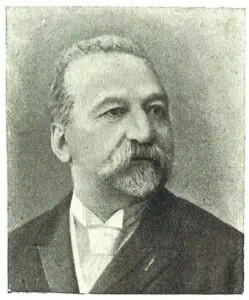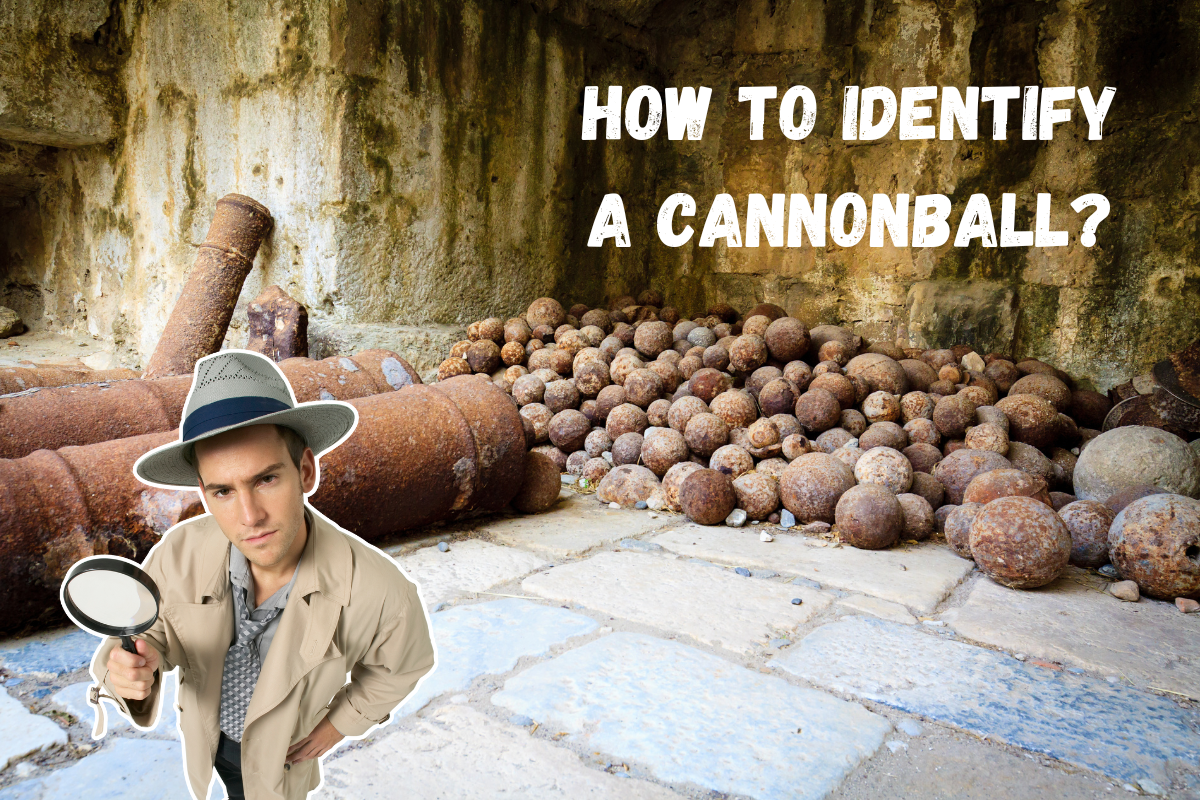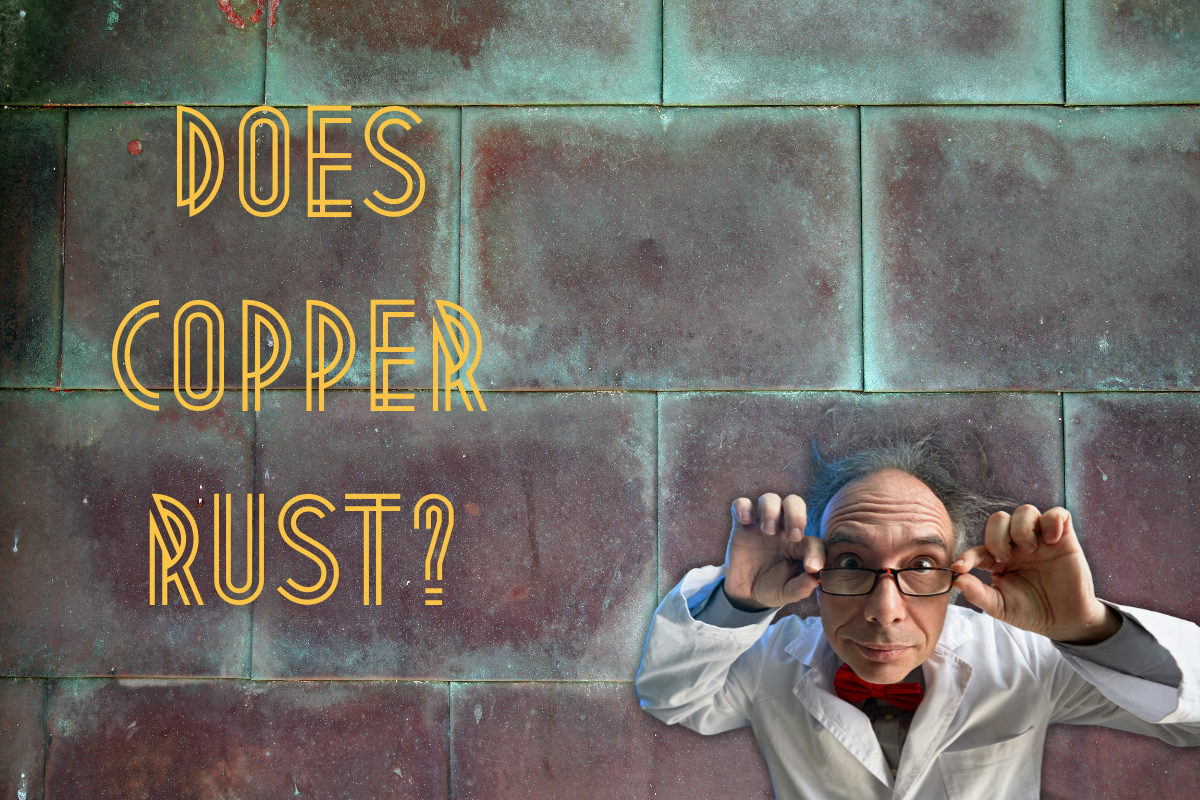The history of the metal detector is a long and interesting one. The metal detector has been around for centuries, and its impact can be seen in many different parts of the world. It has saved countless lives, caught criminals, and helped find missing persons.
In this blog post, we will take a look at the history of the metal detector and explore why it is such an important invention. We will also discuss how the metal detector has changed over time and what sort of impact it has had on society.
So, without further ado, let’s get started!
Who Invented the Metal Detector?
The metal detector was first invented by an American man named Alexander Graham Bell in 1881.
However, Alexander Graham Bell got the idea for another device invented by French engineer Gustave Trouve. In 1874, Trouve created a device that was used to help doctors locate bullets inside the human body and save the lives of patients harmed in acts of war.
The idea and design were additionally framed by Alexander Graham Bell’s friend and fellow inventor David Hughes for his own induction balance device.
Alexander Graham Bell, inspired by events around him and through Trouve’s work, set out to create a device that has widely been accepted as the first metal detector in recorded history.
Who is Alexander Graham Bell?

Alexander Graham Bell is a Scottish-born American inventor, scientist, and engineer. He is best known for his work on the invention of the telephone in 1876.
While the telephone was his most noteworthy invention, Alexander Graham Bell also invented metal detectors, the photophone, and hydrofoils.
Why Was the Metal Detector Invented?
The metal detector was invented as a means to help physicians save the life of US President James A. Garfield.
In 1881, James A. Garfield was shot by Charles J. Guiteau at the Baltimore and Potomac Railroad Station in Washington D.C. and metal fragments from the bullet were left in his body. Physicians were unable to locate the metal fragments and remove them, which resulted in the President’s death a few weeks later.
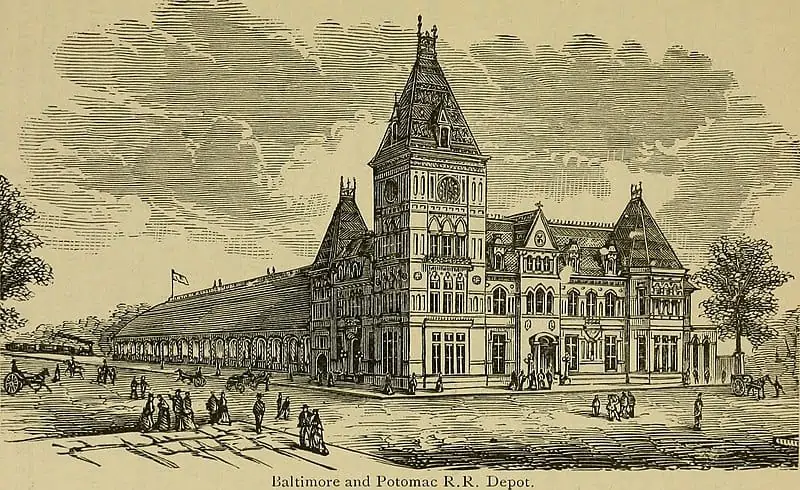
However, before his death, Alexander Graham Bell was reportedly saddened by the news of the attempted assassination and pleaded with doctors to allow him to try and find the metal fragments with a device he created called an induction balance. Induction balance is the predecessor to the metal detector we know today.
What Did the First Metal Detector Look Like?
The induction balance used by Alexander Graham Bell had similar features to the telephone at the time, which Bell had invented 5 years earlier. A wooden platform was used as a mount for some coils (1 for a buzzer and 1 for audio output) and a battery as the power source.
How Did the First Metal Detector Work?
The induction balance (metal detector) would pass over the body of President Garfield by means of the wooden platform. Its intended function was to cause a metal object to create a change in the magnetic field.
This change would then create an electric current, which would flow through the coils and produce a sound like a clicking.

I say the ‘intended function’ because unfortunately, the metal detector was not able to find the metal fragments in Garfield’s body.
While there are some differing statements as to why it did not work, the main consensus seems to be that the metal detector was not able to pinpoint the location of the bullet fragments due to the presidential doctors restricting the search to a particular area of the body and the fact that President Garfield was lying on a bed with metal springs.
How Did the Metal Detector Impact the World?
The metal detector has come a long way since Alexander Graham Bell first invented it in 1881.
While metal detectors were originally used for medical purposes, they have now been adapted for use in a variety of different fields such as security, archaeology, and treasure hunting.
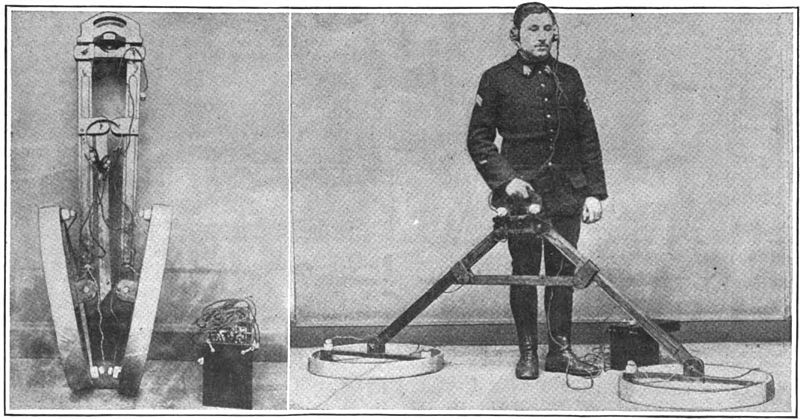
Specifically, metal detectors were a major asset during World War I and II as they were used to find metal objects on battlefields to detect the presence of hidden land mines.
A Polish military engineer by the name of Józef Kosacki is credited with being the first to create and use a portable metal detector in this way.
It actually closely resembled a modern-day metal detector with its long wand and search coil dish, except that it also required a pretty hefty backpack to make the electrical components portable.
In the 1920s, metal detectors were given a new use which changed the industry of security forever. The first walk-through metal detector was introduced by scientists in Germany. This was mostly in an effort to find stolen metal objects from the manufacturing factory that employees were trying to smuggle out.
Since then, metal detectors have continued to be developed and improved with new features and capabilities.
Why Are Metal Detectors Important?
Metal detectors are important because they have a long history of use in a variety of different fields.

They have been used to save lives, find treasure, and detect land mines. For many industries, they are a vital part of everyday life and we rely on their unique functionality for some of the most important tasks.
For instance, believe it or not, metal detectors play a pivotal role in the food industry. They are used to find metal shavings and other metal objects that may have found their way into food products. This is especially true for products like peanut butter, where even the smallest metal fragment can cause extensive damage.
Due to the production and distribution efficiency of our modern world, our food comes in constant contact with all sorts of machinery and metal objects. So, it’s a metal detector’s job to help keep us safe by ensuring that metal doesn’t end up in our food.
Another important role that metal detectors have is in the world of mining, woodworking, and construction.
Metal detectors are often used to find metal pipes and other metal objects that may be buried underground. This is important because it can help avoid accidents and save time and money during construction.
In regards to the mining industry, metal detectors are used to find metal ore. This is because metal detectors can differentiate between metal and other materials like rocks, so it is able to provide a more accurate reading of the ore content.
This is important because it allows miners to make better decisions about where to dig and helps them avoid wasting time and money on unnecessary drilling.
Finally, many industries are affected by the need for security. Metal detectors are such an essential part of security that many airports and other places where large groups of people congregate have metal detectors installed as a standard procedure.
Places like prisons, courthouses, federal buildings, and schools also use metal detectors in order to help keep people safe.
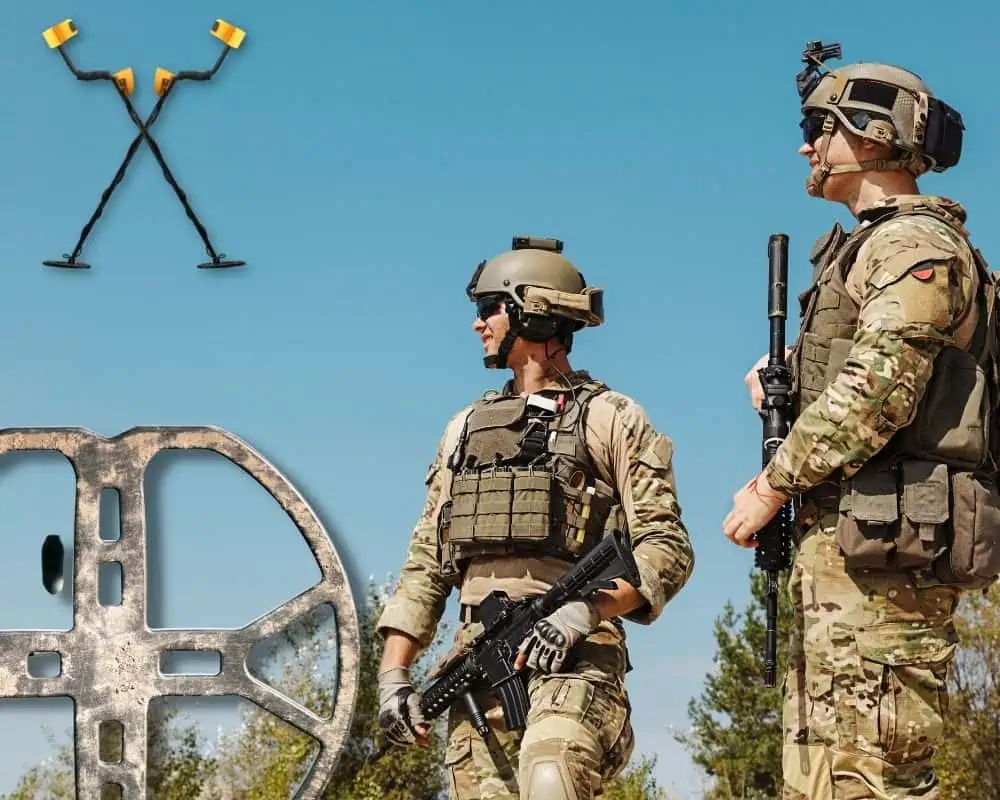
Even the military is still using metal detectors to ensure our safety. With developments of fresh applied sciences, engineers are finding new and exciting applications for metal detecting technology.
In the past, a military-grade metal detector could only give off an audio signal when metal was detected. Now, the US Army can actually ‘see’ an IED (improvised explosive device) in the ground.
This helps because it gives soldiers a better idea of what they are dealing with before they get too close.
Appreciate the History and Look to The Future
The metal detector is an important invention that has impacted the world in many ways. It was invented to help find objects, and since then, it has been used in a variety of different fields such as archaeology, treasure hunting, and law enforcement.
The metal detector has changed over time in shape, size, and use. It is now used in airports to detect weapons and other dangerous items, or for a weekend trip to some famous piece of property to find a lost piece of history.
Who knows what the metal detector will bring to our world in the next 20 years.

